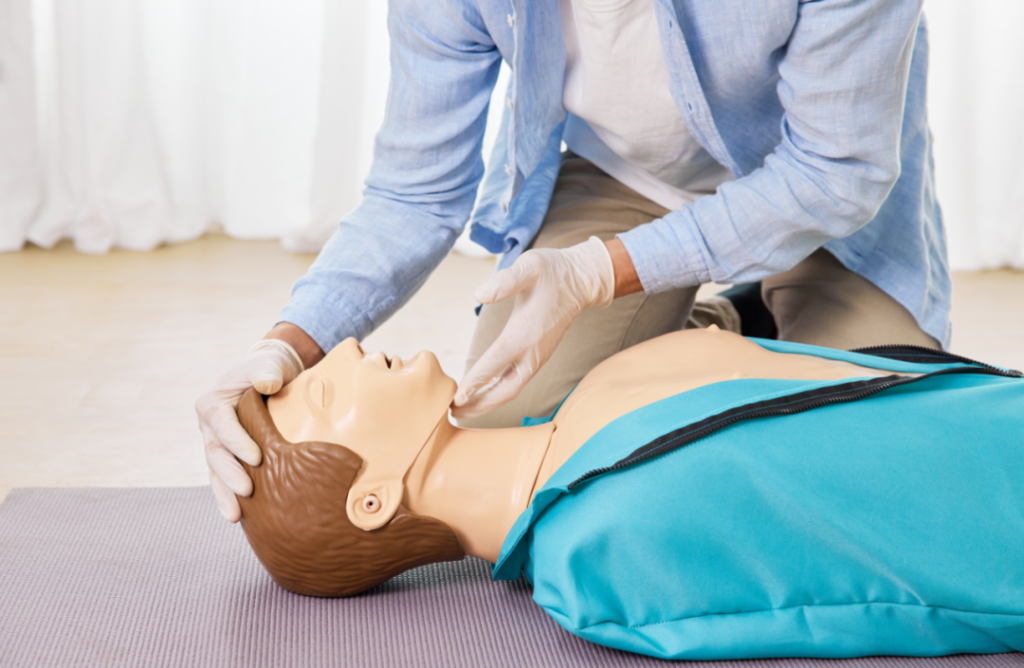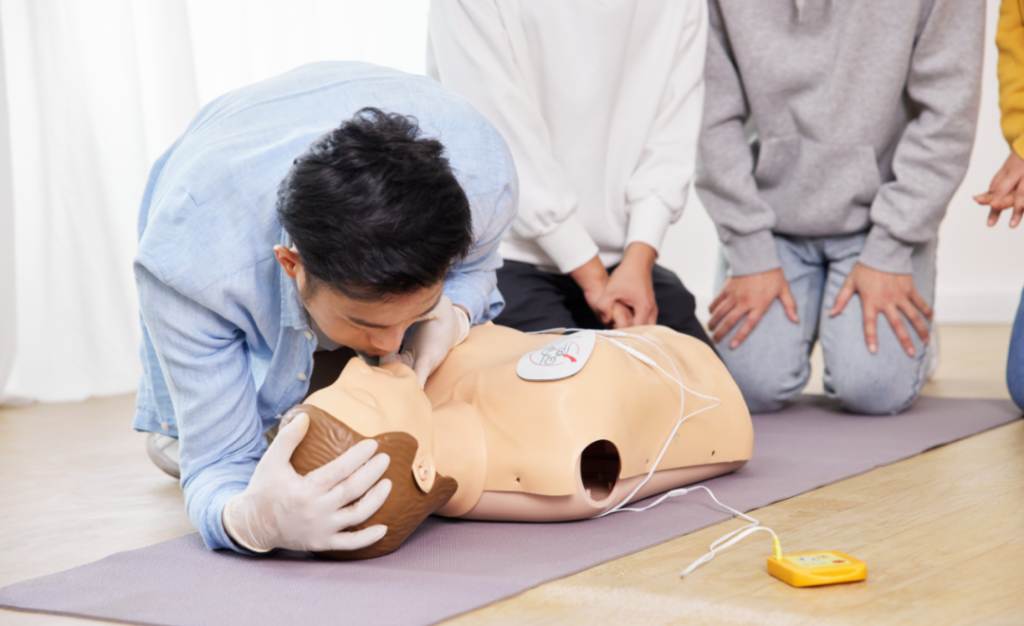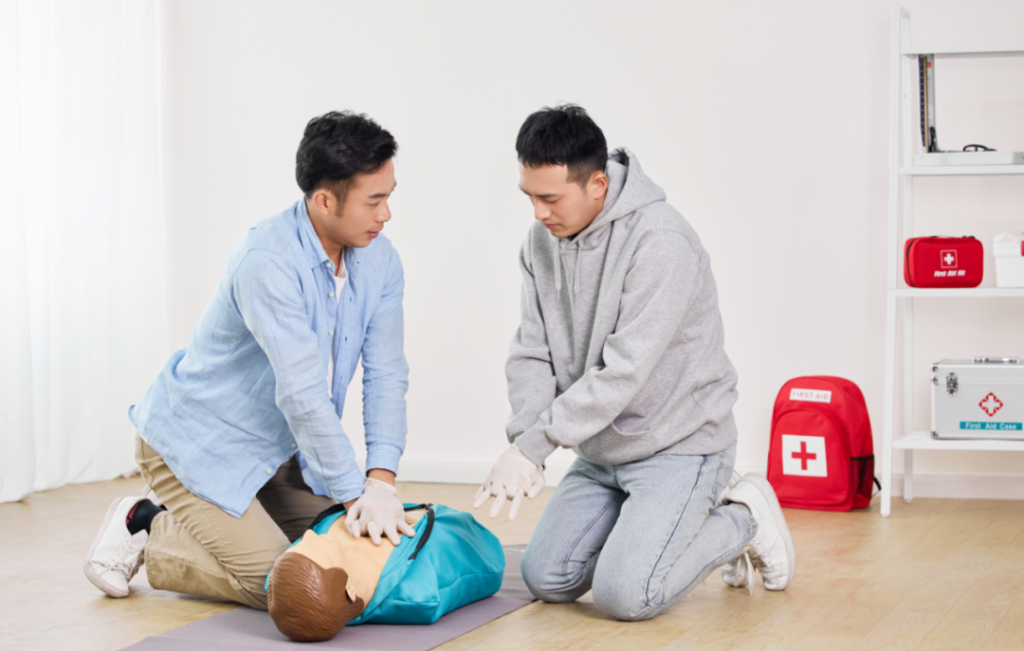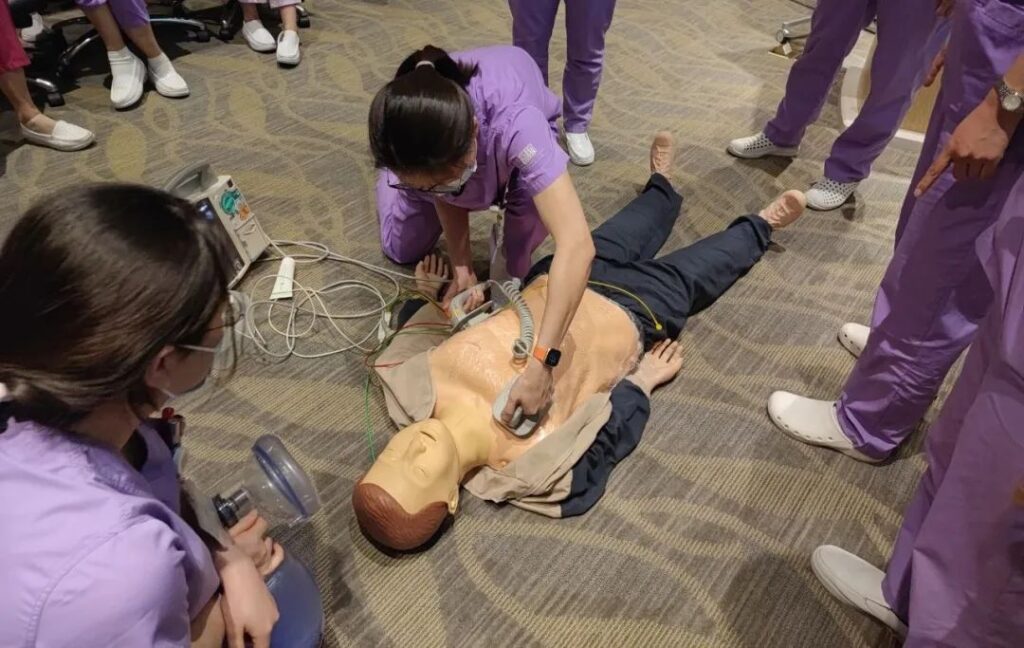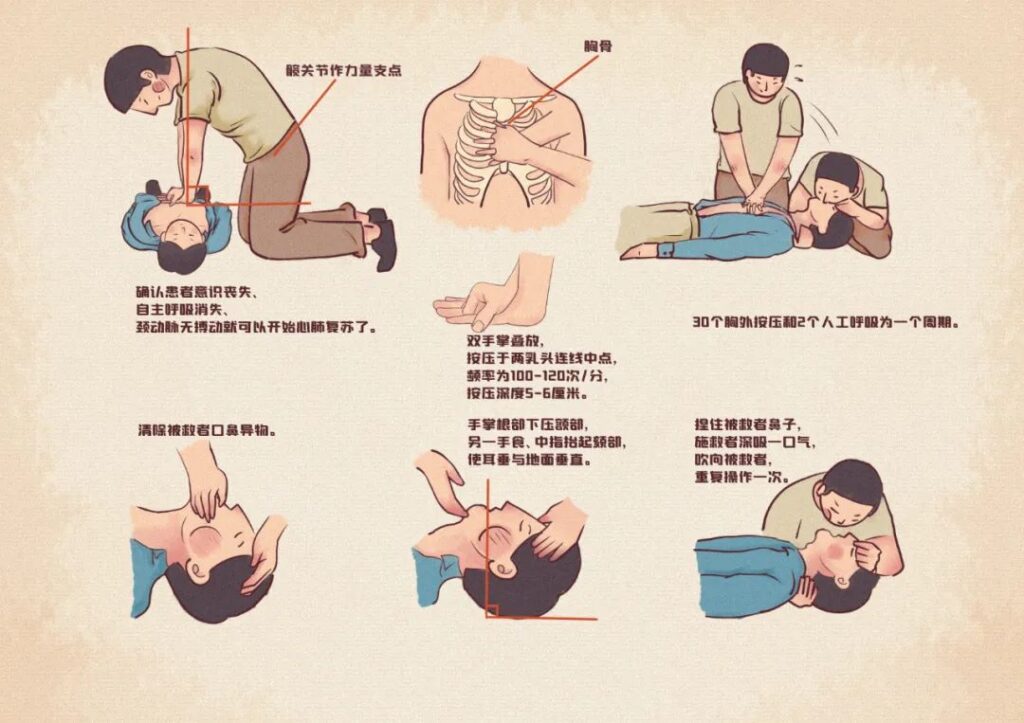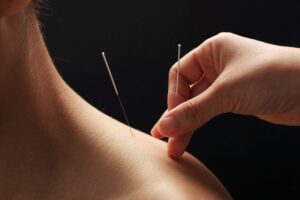EDEN Hospital:The golden four minutes to save lives, you must know how to perform cardiopulmonary resuscitation!
Cardiac arrest is a major killer that threatens human health. About 550,000 people die suddenly from cardiac arrest in my country every year. About 1 person dies from cardiac arrest every minute, and 90% of cardiac arrests occur outside the hospital.
Director Wei Yujie of Yide Cardiology Department said: Cardiopulmonary resuscitation (CPR) is the most effective way to rescue cardiac arrest. Grasping the “golden four minutes” is of great significance to improving the survival rate of out-of-hospital cardiac arrest and saving more lives. Therefore, you must know how to perform cardiopulmonary resuscitation, the “restart button” of life!
01
What is the golden four minutes of emergency treatment?
The brain dies after four minutes of hypoxia. The “golden four minutes” means that when the heart stops, the cerebral cortex can only tolerate hypoxia for four minutes, and then the cortical cells will begin to suffer irreversible damage and death.
If cardiopulmonary resuscitation (CPR) and automatic external defibrillator (AED) are immediately performed within 1 minute after cardiac arrest, the success rate of rescue can reach 90%; the success rate decreases by 10% for every 1 minute of delay. If rescue is started more than 10 minutes later, the patient’s chance of survival is slim.
Therefore, when someone around you falls to the ground and cannot get up, we should remember the following steps, which can save lives at critical moments:
① Assess the on-site environment and confirm that the rescue site environment is safe. ② After identifying and judging that the rescued person is unconscious, not breathing, and has no heartbeat, quickly call for help and dial emergency number. ③ The rescuer immediately and continuously performs cardiopulmonary resuscitation (CPR). ④ Seek help from people around you, and ask them to help find if there is an automatic external defibrillator (AED) nearby, and obtain it as soon as possible, and perform the AED voice prompt standard operation. ⑤ The rescuer insists on CPR and AED technical operations at the scene, and minimizes the pause time of chest compression and artificial respiration.
02
The “restart button” of life, cardiopulmonary resuscitation, must be known!
The correct steps of cardiopulmonary resuscitation are C-A-B (chest compression, open airway, artificial respiration).
Chest compression (compression, C)
Make sure the patient lies on his back on a flat ground, the first aider kneels beside the patient, overlaps his hands, and places the base of the lower hand on the midpoint of the line connecting the two nipples of the patient, without touching the chest wall with his fingers.
When pressing, both elbows should be straightened and vertically downward. The compression frequency for adults is 100-120 times/min, the downward compression depth is 5-6cm, and the compression time and relaxation time are about 50% each. When relaxing, the base of the palm should not leave the chest wall to avoid displacement of the compression point.
Open airway (airway, A)
Place one hand on the patient’s forehead, and then push with the palm to tilt the head back; lift the lower part of the chin bone with the index and middle fingers of the other hand to fully tilt the head back.
Note that while opening the airway, you should use your fingers to dig out foreign objects or vomit in the patient’s mouth, and those with dentures should remove the dentures.
Artificial respiration (Breathing, B)
Before giving artificial respiration, just breathe normally, no need to take a deep breath. Pinch the patient’s nose with your hand and blow air into the patient’s mouth. All artificial respiration (whether mouth-to-mouth, mouth-to-mask, bag-mask or bag-to-advanced airway) should be continued for more than 1 second.
If the first artificial respiration fails to make the chest rise and fall, the airway can be opened again by tilting the head and lifting the chin, and the second ventilation can be given. When the patient’s chest and abdomen rise and fall, artificial respiration can be stopped and return to step 1 to continue chest compression.
It should be noted that when giving first aid to patients with sudden death, there must be no interruption in the middle. Repeat the above steps until the doctor arrives at the scene.
At present, less than 1% of people in my country can master the first aid skill of cardiopulmonary resuscitation. High-quality cardiopulmonary resuscitation can save a life at a critical moment. Beijing Yide Hospital has been conducting public welfare training on “cardiopulmonary resuscitation” for many enterprises and institutions and residents of surrounding communities, hoping to pass on this life-saving first aid technology to more people.
EDEN Hospital
Address: KunmingHu South Road No.51 E tower, Haidian District, Beijing)

